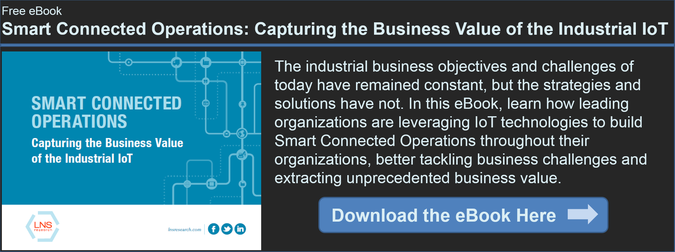Warmer weather points to many things, one of which is increased travel. And whether you travel via car, bus, train, or subway, there's industry (and sometimes regional) news in this week's round-up.
The automotive industry sector has recovered big time from the doldrums of the late aughts, as a recent report by KPMG stated that global production has increased by 25 million units, giving the auto industry a current revenue of more than $2 trillion. Since everything from fuel additives to coolants, to insulation to tires--with plastics comprising approximately 15% of a mid-size car, the chemical industry is seeing significant growth as well. In this article at Chem.Info, Meagan Parish looks into three trends that are looking driving growth currently and expected into the future:
- Asian growth: Since 2010, China has surpassed the U.S. as the largest automarket, a trend unlikely to reverse.
- Light weight vehicle growth: The chemical industry is heavily involved in developing advanced plastics to drive growth in this market
- Green technology: Consumer demand for more environmentally friendly vehicles and products has led the automotive industry to tap into the chemical industry in creating many of the materials that produce less carbon emissions.
Full story here...
As a longtime dependent on the nation's oldest subway system this one hits a little close to home for me and will come as a surprise to no one familiar with the quirks of the T--according to the Boston Globe, the majority of MBTA public transport breakdowns during our record-breaking, devastating snowfall this past winter were due in large part to outdated, moisture susceptible motors, with one week alone requiring motor repair costs of over $175,000. Brant Henne at the PTC blog envisions an MBTA system transformed by Internet of Things (IoT) enabled service cars with service applications and remote diagnostics capabilities to provide proactive service and asset management. "Workflows and triggers can detect the warning-signs of failure well before they happen, allowing maintenance to schedule repairs and minimize impact." While it remains to be seen when or how these future visions come to pass, sentences like the preceding are sure to catch a friendly and receptive eye from all commuters that rely on public transportation in various states of current dependability. Full blog post here...
As we know, the Lean manufacturing model was pioneered by Toyota to eliminate waste while simultaneously delivering higher quality products on time with greater efficiency and less cost, but how is it best approached? Chip Johns, COO of Butler Automatic, writes in Quality Digest that the heart of waste reduction and increased efficiency lies taking the following steps:
- Simplify manufacturing tasks: Without a critical eye toward simplification, your current manufacturing tasks can become inefficient, leading to wasted time and resources, inconsistent product quality.
- Increasing organization: The spatial organization of tools, materials, and manufacturing space can contribute significantly to cutting down search and transport times. Neat and orderly workspaces also helps employee morale and productivity
- Take steps to reduce errors: Recognizing common sources of errors beyond organizational issues can help to limit them, and positively affect your process.
- Listen to and cross train employees to feed continuous improvement: Cross training employees allows more than a better trained and flexible group on the ground, it gives each worker a broader look at the manufacturing process and this exposure increases their opportunities to find possible solutions to problems.
Full story here...
Many companies at quality management crossroads have understood that their legacy point solutions are rapidly losing efficacy, and are conisdering Enterprise Quality Management Software (EQMS). Most conversations we've had about EQMS have tended to focus on the outside vendor space, but this week Research Analyst Rob Harrison tackled a different question: what if your organization is looking at the possibility of an internal build? In this detailed post, Rob gives insight into some of the critical considerations your organization needs to look at if taking this internal route, including the implications of pursuing EQMS with no blueprint, and how to handle the weight of deploying what will always essentially be Version 1.0 when going it alone. Full post...
